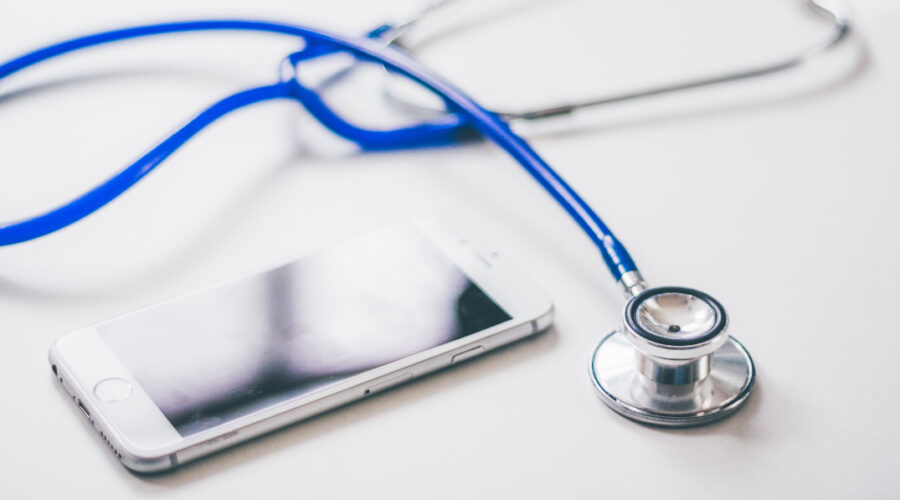The medical device market presents a ripe expansion opportunity for smartphone makers. They are used to designing hardware under strict size constraints, have plenty of experience working with biometric sensors and run some of the most cost-efficient manufacturing supply chains on the planet. So it shouldn’t come as a too big of a surprise that one of Apple’s most recent patent applications contains the specifications for a homegrown heart monitor.
The device is designed as an alternative to the electrocardiograph machines used in hospitals today, which are so bulky they’re often pushed around a wheeled cart. They’re also a hassle to operate since taking an accurate heart measurement usually requires attaching multiple electrodes to a patient’s body. As a result, the process must be handled by a medical professional who could otherwise be spending their time examining another patient.
Apple’s newly revealed design aims to eliminate these issues by packing heart monitoring functionality into a compact wearable that can be put on without any special assistance. Its patent filing states that the finished product might take the form of anything from a small ornament like a brooch or a ring to a wrist-mounted module, but it’s most likely to be the latter given the amount of componentry involved in taking an electrocardiogram. Even if the company removes the need for an on-board display by making the device remotely controllable, the case will still need to accommodate biometric sensors and a great deal of auxiliary gear.
Apple plans to use a series of specialized electrodes that can collect measurements about a patient’s heart activity through contact with just a single limb. In other words, its heart monitor won’t have any wires protruding from it towards different body parts. The device does however require some configuration due to the fact that electric current from the heart varies between arms. A patient could sort out the process by going to the doctor’s office, having their GP take a measurement from each wrist for reference and input the results into the heart monitor so that future readings can be interpreted correctly.
That’s more or less everything Apple has divulged in its filling, but additional assumptions can be made about the heart monitor based on CEO Tim Cook’s widely-covered interview with The Telegraph earlier this year. The executive acknowledged the possibility that his company may enter the medical device market and implied it may will seek FDA approval for any future products in this category. That indicates its heart monitor will likely need to meet similar standards as the conventional alternatives used in hospitals today, which could provide some insight into the device’s design.
Many electrocardiograph machines are built to be electrically resistant since people who use heart monitors often suffer from serious cardiovascular problems that may require defibrillation. And the fact that Apple’s device is designed to be worn on the wrist means that it will also have to be water resistant, a feature already provided by the iPhone and the iPad. But it will probably still take several more years for the company to complete the long list of technical requirements that the product must meet to become truly competitive in the medical device industry.
